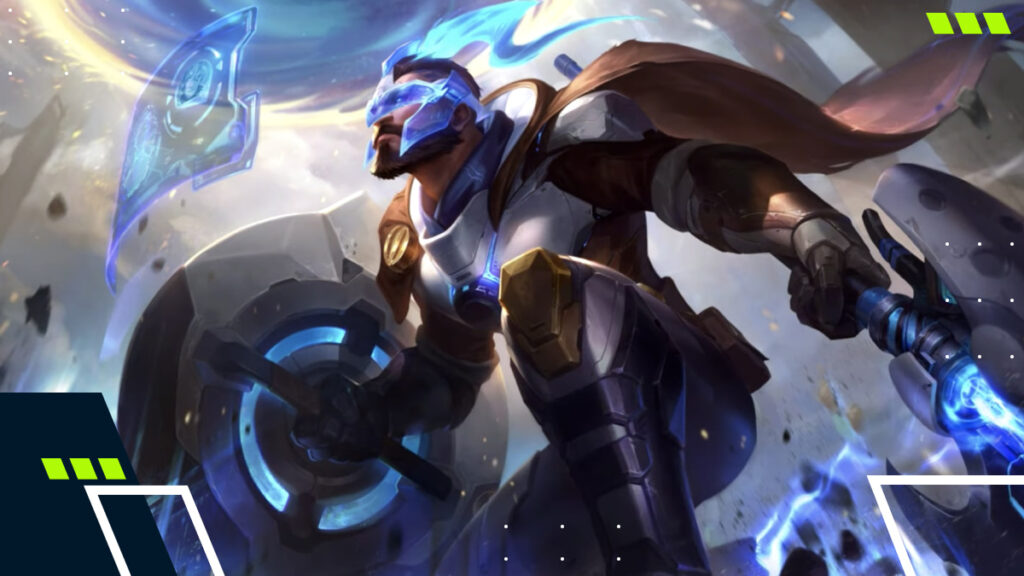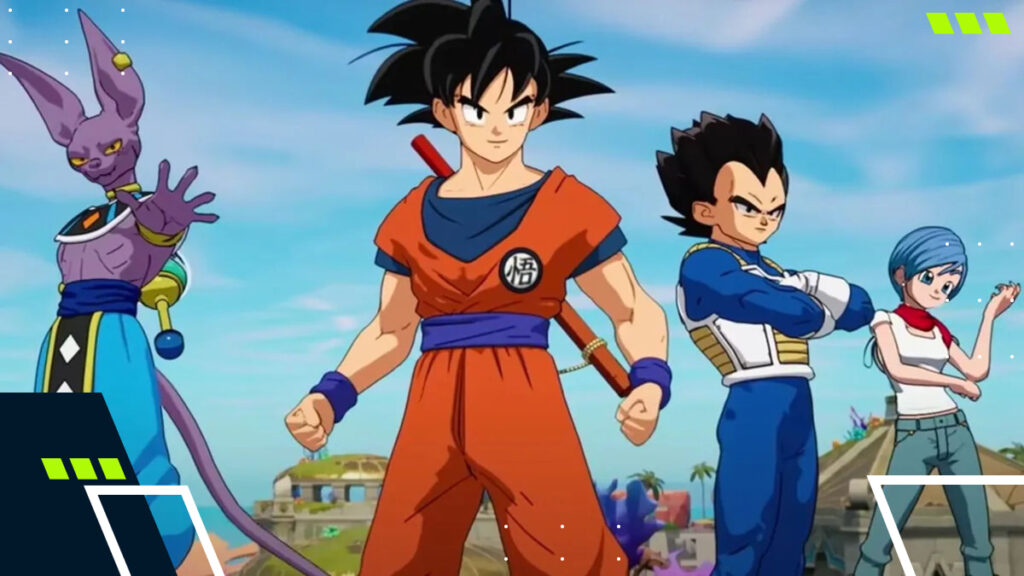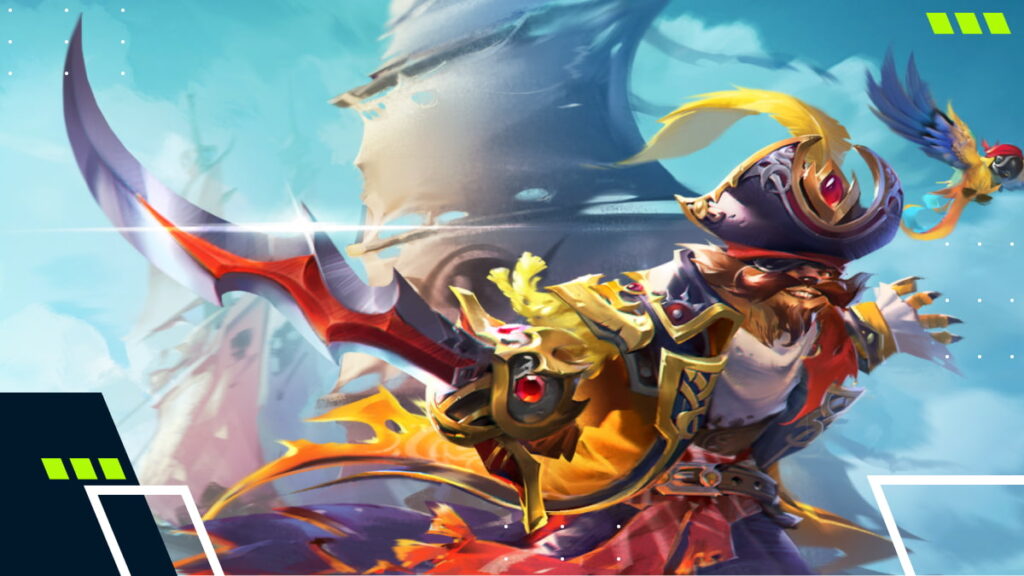LoL Ranking System: League of Legends Ranks Explained
League of Legends ranks map the climb from Iron to Challenger and matches players with similar skill. The ladder is a simple, shared gauge of progress from patch to patch. It shows where LoL games are won or lost and turns small, steady habits into long-term gains each split.
This guide clarifies the moving pieces inside the LoL ranking system: how LP and hidden MMR interact, what tiers and divisions mean, how placements and queues work, where the population sits today, and what resets and rewards look like.
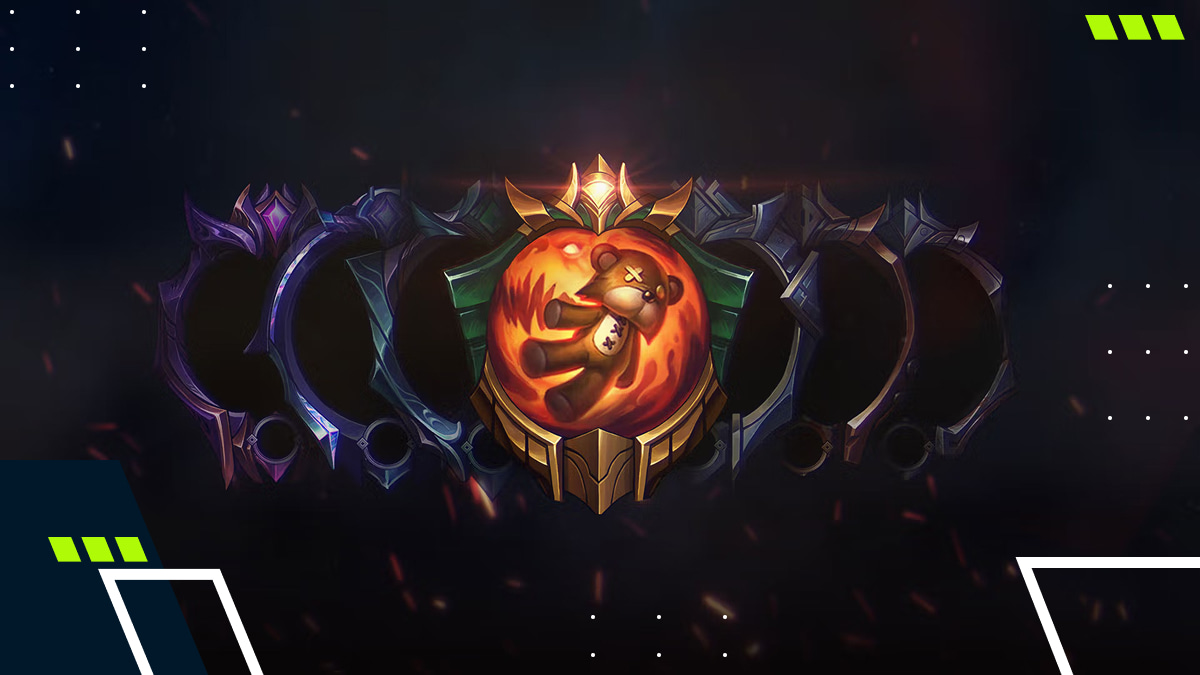
- 1. How Does the League of Legends Ranking System Work?
- Placements (Provisional Matches)
- LP, MMR, and How Wins/Losses Affect Rank
- Ranked Queue Types: Solo/Duo vs. Flex
- 2. All League of Legends Ranks & Divisions In Season 15
- LoL Rank Tier/Divisions:
- 3. League of Legends Rank Distribution (October 2025)
- 4. What’s The Difference Between LP & MMR In LoL
- 5. How Do Ranked Rewards & Resets Work In League of Legends?
- 6. Tips To Climb The LoL Ranked Ladder
- 7. Why Should You Play Ranked In League of Legends?
- 8. LoL Ranked 2026 — What’s Changing In The System?
- Autofill Parity
- Aegis of Valor
- New Dodging Rules in LoL 2026
- 9. Climbing and MMR Changes in 2026
- Flex vs. Solo/Duo MMR Alignment
- Duoing Returns to All Ranks
- 10. FAQs
How Does the League of Legends Ranking System Work?
At its core, the LoL rank system links a visible badge (tier/division) to a hidden rating (MMR). Wins against tougher opponents push MMR up faster, losses do the opposite. Your LP gains and losses then bridge MMR to rank, explaining why some accounts shoot upward while others stall until consistency improves.
Placements (Provisional Matches)
Each ranked queue in LoL runs five placement games to seed a starting point. Results, opponent difficulty, and prior normal-game rating influence where you land, and there’s a cap so first-day runs can’t jump too high. After placements, a handful of games usually align the rank with the true level.
LP, MMR, and How Wins/Losses Affect Rank
LP is the visible meter, and LoL MMR is the hidden engine. If LP is higher than the MMR, gains outpace losses, and promos come quickly. If lower, losses sting more. Riot may cap gains during loss-prevention or apply AFK penalties that affect LP around a match result.
Riot applies loss-prevention during widespread issues and AFK/Leaver penalties that reduce LP for the game in question and can also apply to the next game. When a player is flagged as AFK/Leaver in a ranked game, the lobby is notified that the flagged player will receive reduced LP over their next several ranked games in LoL.
As part of the LoL 2026 season, Riot introduced a new feature called Climb Indicator, which appears when a player’s visible rank significantly lags behind their MMR, such as a Silver player who performs at a Platinum level.
Ranked Queue Types: Solo/Duo vs. Flex
League’s Solo/Duo queue spotlights individual impact with a strict party limit. Flex supports coordinated stacks and has a separate ladder. Both LoL ranked systems grant rewards, but community prestige usually centers on Solo/Duo because it isolates personal decision-making under pressure.
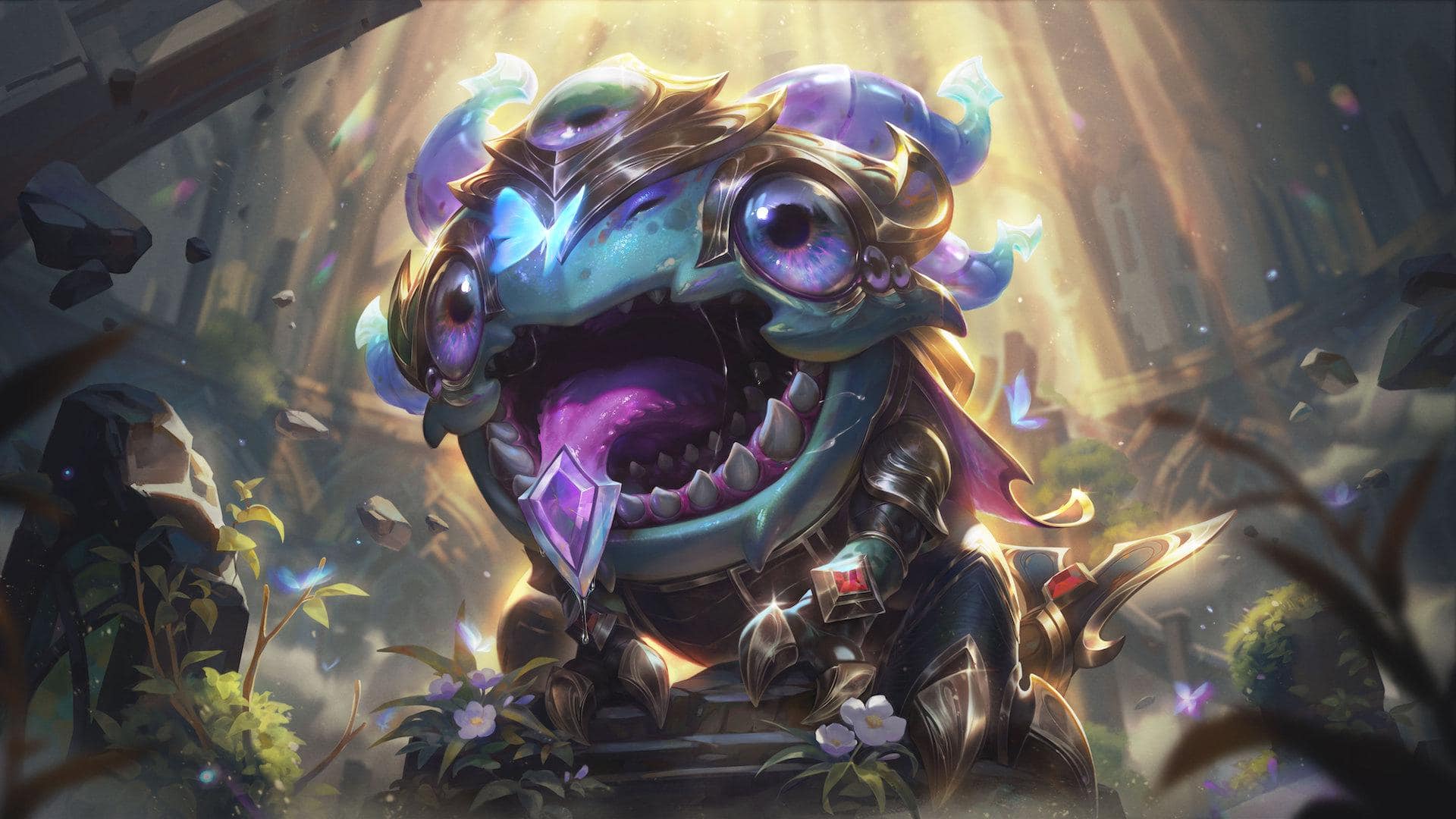
All League of Legends Ranks & Divisions In Season 15
League ranks in order run from Iron at entry to Challenger at the top. Iron–Diamond use four divisions (IV–I); Master, Grandmaster, and Challenger are divisionless and sorted by open-ended LP on regional leaderboards.
Emerald arrived in League of Legends in 2023 to smooth the jump between Platinum and Diamond. The change, alongside the removal of inter-division promo series, reduced “stickiness” in mid elo and made progress feel more granular without inflating the meaning of higher divisions.
Top-tier play differs from the rest of the ladder. Master, Grandmaster, and Challenger rotate constantly as players gain or lose LP against very strong opponents, so activity, schedule discipline, and mental game matter as much as mechanics when holding a League of Legends rank at the top.
LoL Rank Tier/Divisions:
- Iron
- Bronze
- Silver
- Gold
- Platinum
- Emerald
- Diamond
- Master
- Grandmaster
- Challenger
League of Legends Rank Distribution (October 2025)
Recent League of Legends rank distribution snapshots group around the middle of the ladder. Silver and Gold hold the biggest slices, Emerald now bridges above Platinum, and Diamond is a slim tier compared to past years.
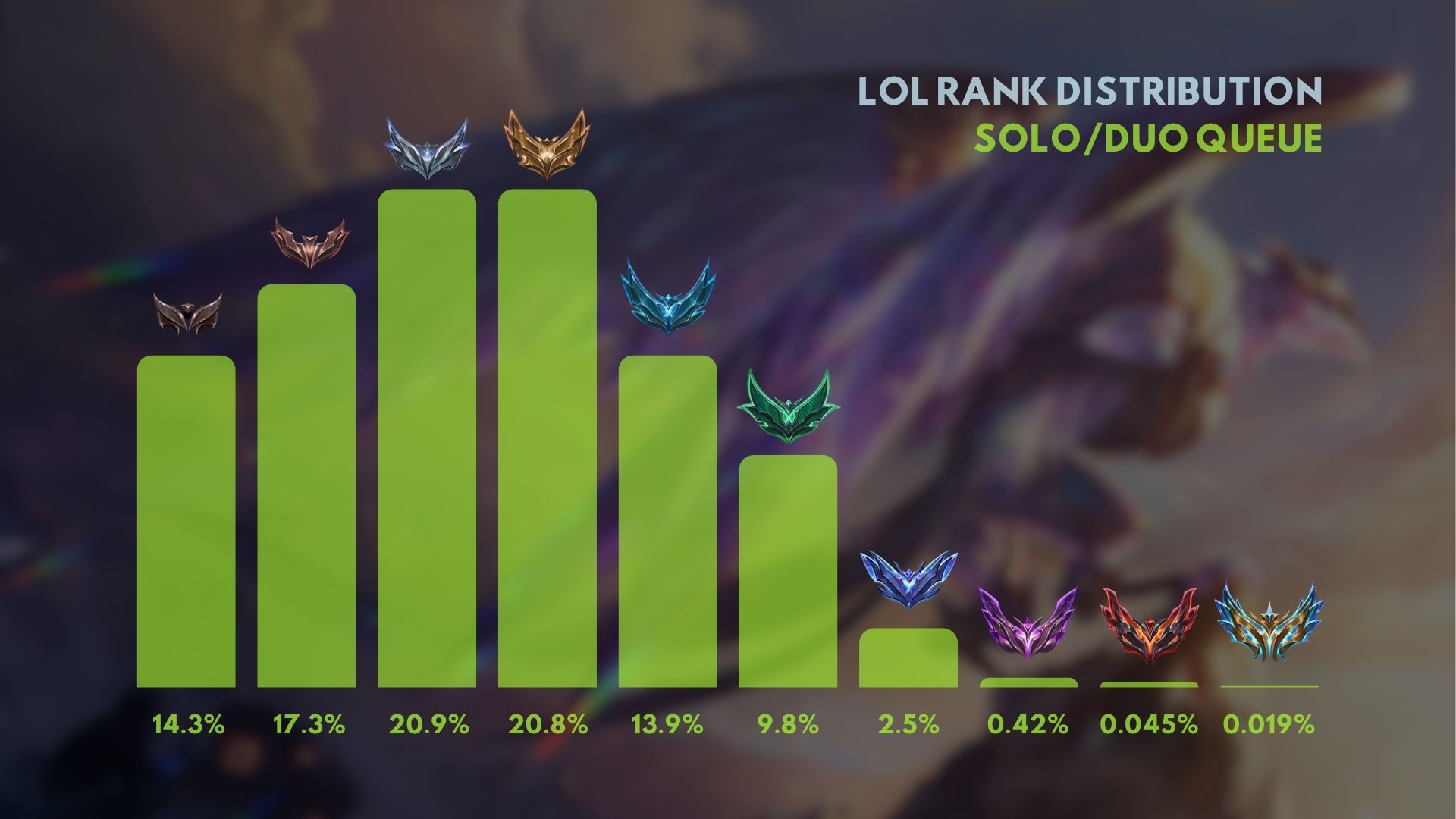
What’s The Difference Between LP & MMR In LoL
Think of LP in LoL as the gauge you see, and MMR as the system that drives it. When MMR leads your rank, you gain more LP than you lose and climb faster, and when it lags, the reverse happens, even with the same win rate. Play for consistency to keep MMR ahead.
Dodging queues costs time and LP, but doesn’t directly change hidden rating. Only completed matches affect MMR in LoL, unless you’re playing in Master and above. Riot’s current penalty tiers include escalating timers and LP hits in ranked, so avoid “revenge queues” and protect momentum when you’re tilted or low on time.
How Do Ranked Rewards & Resets Work In League of Legends?
Riot grants cosmetic milestones across the year: borders, icons, chromas, and a Victorious skin line tied to wins and Honor level. Track split missions in-client so you don’t miss checkpoints that feed into LoL ranked rewards, especially near the season’s final grant windows.
In 2025, Riot moved to one big yearly reset at the start of the year, eliminating the mid-year hard reset and reducing grind fatigue. Early placement streaks can anchor favorable LP gains for months, so set calm blocks and establish form right after the LoL season reset.
LoL Season 2025 is split into three themed in-client seasons—Season 1 (Jan 9), Season 2 (Apr 30), and Season 3 (Aug 27). These handoffs don’t hard-reset rank (LP/MMR carry over).
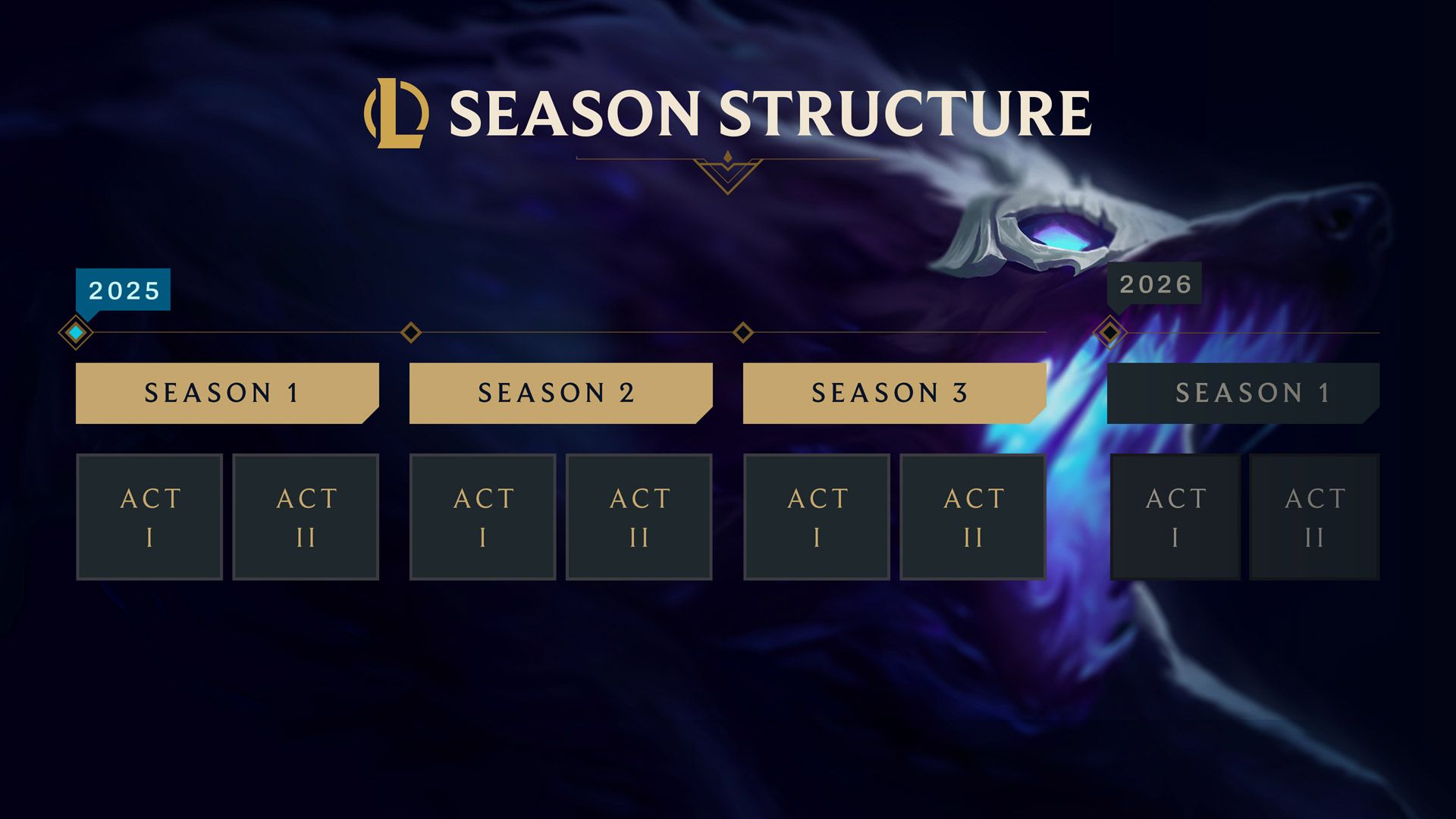
Tips To Climb The LoL Ranked Ladder
Quick, actionable pointers to climb within the ranks in LoL—use these as a pre-game checklist and stick to them across patches:
- Pick Your Mains: Stick to 2–3 champs to hard-wire lanes and setups, make mechanics feel natural, and handle bans smoothly across patches.
- Duo vs. Solo: Duo jungle+mid or ADC+support to sync objectives.
- Macro Over Mechanics: The ranked system in LoL rewards wave control, tempo resets, vision cycles, and objective trades far more than flashy isolated fights.
- Mental Game: Set session limits, mute chat if needed, review only key moments, and stop tilt to protect momentum.
- Vision & Objectives: Convert picks into plates and dragons, pre-ward 40–50s before spawns, and sweep on timers—fundamentals that the LoL ranking system consistently values.
- Queue & Review Discipline: Play in 3–5 game blocks, dodge doomed drafts, VOD one key mistake, then re-queue focused.
Why Should You Play Ranked In League of Legends?
Ranked games in LoL serve as the clearest skill test on Summoner’s Rift: a visible ladder, consistent rules, and matchups that scale with improvement. It mirrors esports fundamentals—drafts, macro trading, objective control—and turns practice into trackable progress.
Flex Queue adds a coordination layer, allowing players to team up with four friends and test their limits. Premade plans, dedicated shot-calling, and careful drafts offer a glimpse of what professional League of Legends looks like. Flex queue allows parties of 1, 2, 3, or 5—no 4-stacks.
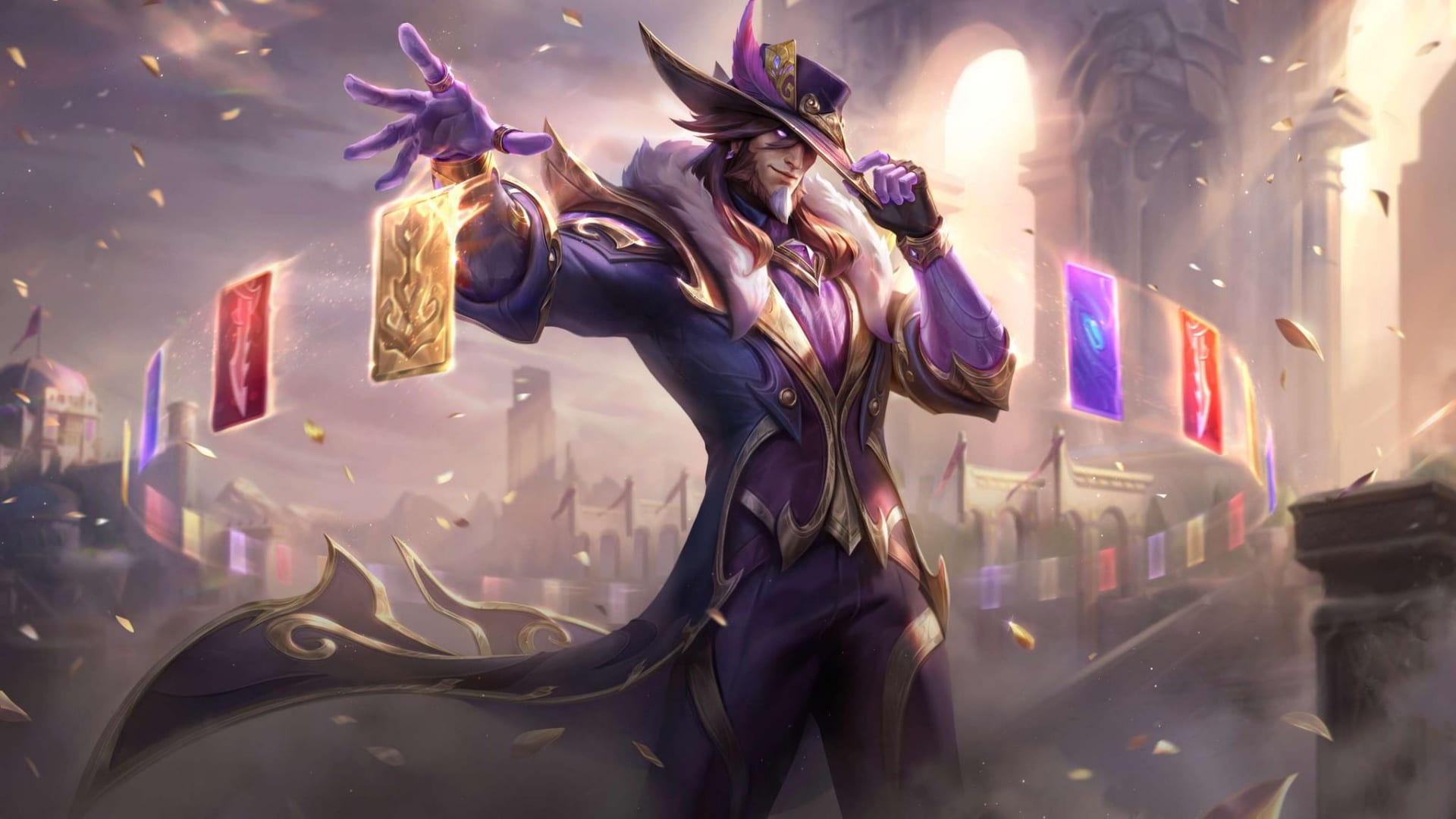
LoL Ranked 2026 — What’s Changing In The System?
Ranked 2026 is Riot’s attempt to smooth out a lot of long-standing problems. This includes unfair autofill games, chain dodges, sluggish champion select, and awkward MMR moments. There is no official release date for these updates, but they are expected to arrive with Patch 26.1.
Autofill Parity
Autofill parity means the system first tries to match autofilled players into the same role on both teams, such as jungle vs. jungle. If that’s not possible, it will aim to keep the number of autofilled players equal across both teams, with slightly higher MMR on the team with more autofills.
Aegis of Valor
Aegis of Valor rewards you for actually playing those games out. If you’re autofilled and earn a mastery grade of C or higher, you either get double LP on a win or full LP protection on a loss. If you’re already playing priority roles like jungle or support, you will still get these rewards, even though you’re technically not autofilled.
New Dodging Rules in LoL 2026
Dodging a game will no longer affect your autofill status. If you dodge a lobby, your autofill carries straight into the next match. At Master rank and above, a dodge will now count as a full loss, and it will still give you a dodge cooldown. The idea here is to cut down on chain dodges, target bans, and long matchmaking timers.
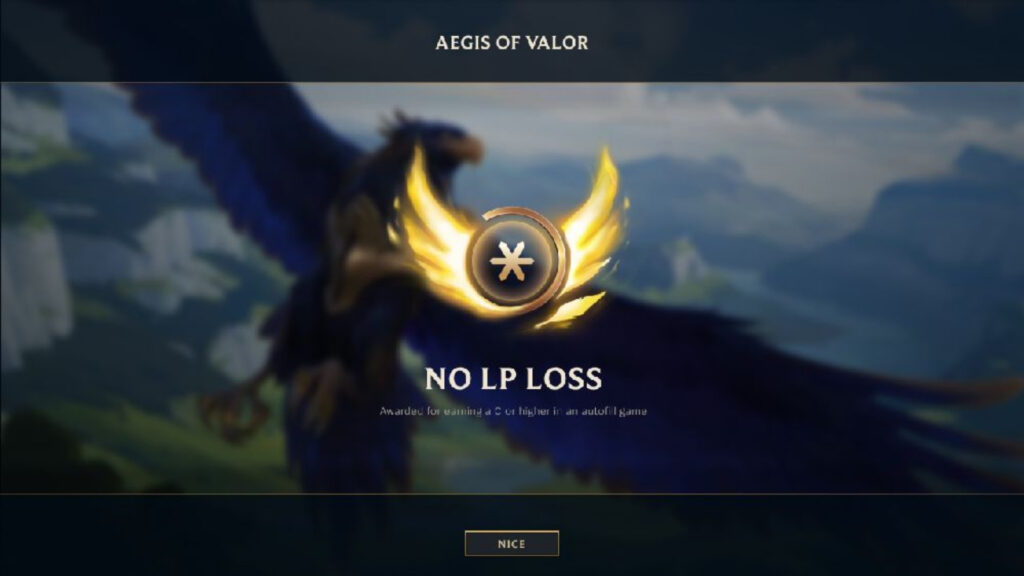
Climbing and MMR Changes in 2026
Ranked tiers at the lower end have changed from what today’s players can actually do, since even Bronze players often understand waves, matchups, and objectives. Riot will be recalibrating those low tiers so their visible rank better matches their actual skill.
Flex vs. Solo/Duo MMR Alignment
Riot is also tightening how Flex and Solo/Duo MMR relate, so you’re less likely to see a Gold Flex lobby ruined by a Master-level Solo player smurfing through Flex. LoL ranks in Flex will be brought closer to Solo/Duo strength without Flex ever boosting Solo rank.
Duoing Returns to All Ranks
Duo queue is being re-enabled at every rank, including Challenger, reversing the previous restrictions. With stronger boosting detection and matchmaking tools, Riot believes it can let high-level friends climb together without sacrificing competitive integrity.
FAQs
How many ranks are in League of Legends?
Ten LoL ranked tiers in total—Iron, Bronze, Silver, Gold, Platinum, Emerald, Diamond, Master, Grandmaster, Challenger. Iron–Diamond use IV–I. The highest tiers are divisionless.
Can you decay in LoL Ranks?
Only at the top. Master, Grandmaster, and Challenger decay after banked days expire; lower tiers don’t.
What level is Faker in LoL?
Faker’s main and alt accounts typically sit in KR solo-queue Challenger, though this fluctuates by split.
What rank is considered average in LoL?
Most players cluster around Silver–Gold in recent snapshots. Check live sources for the latest LoL rank distribution.
Is Emerald high Elo in LoL?
Yes. Emerald sits between Platinum and Diamond and reflects above-median skill on modern ladders.
When does the LoL ranked season reset?
One major yearly refresh at the start of the year; placements quickly re-seed accounts.

